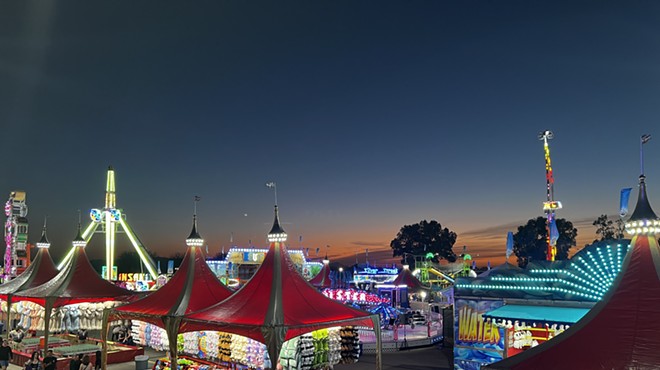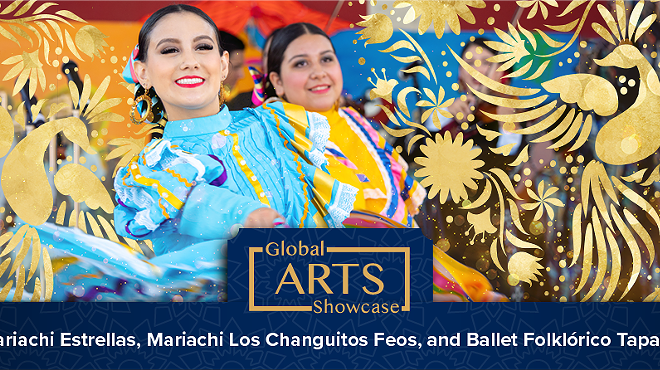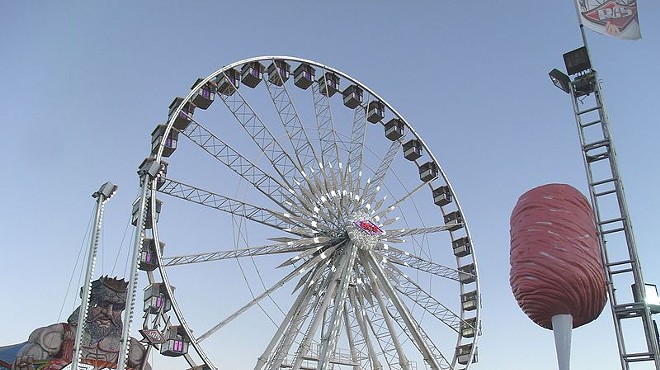Thursday, June 19, 2014
Word Odyssey - How the Amazon River Got Its Name—Part I
In February, 1541, Gonzalo Pizarro left the South American city of Quito in search of El Dorado, a fabled city of gold, with an expedition consisting of 220 Spanish soldiers, 4,000 native porters, 200 horses, over 2,000 swine, 2,000 war hounds, and countless llamas. The arduous trek over the Andes cost Pizarro nearly all of the porters, who either deserted or died, the swine, llamas and hounds. By Christmas day, 1541, on the bank of the Coca River, the remaining Spaniards were eating gruel made from boiling saddle leather.
In the end, Pizarro didn’t find El Dorado. But a splinter group of his army, led by one-eyed Francisco Orellana, did discover something more marvelous and enduring than gold: a river 4,500 miles long, that supplies one-fifth of all the freshwater that spills into the Earth’s oceans, and which in some places is fifty miles wide. Orellana’s band called this river the Amazon after an extraordinary encounter on their improbable eight month voyage down the river.
Out of food and starving, and tired of hacking their way through the thick forest, Pizarro and his men had built a large boat, capable of carrying up to 30 men, converting horseshoe nails for the iron fittings. A captured Indian chief had told Pizarro that food could be found several days journey down the Coca River at the confluence with another great river, where a farming civilization was supposed to live. Orellana proposed that he lead a small force down the Coca to find the food, then return with the supplies to the main force. Pizarro agreed, and on the day after Christmas, Orellana, fifty-six other Spaniards—including Friar Gaspar de Carvajal, who chronicled the journey—and two African slaves began floating down the River in the boat, dubbed the San Pedro, and twenty-two stolen canoes.
Orellana’s band could not find the confluence or any civilization—just mosquitos, caiman and thick forest. Meanwhile, the current of the Coca River had gotten faster and faster, so fast that Orellana began to realize that it was unlikely that they could return upstream to Pizarro and the main army, especially given the weakness of Orellana’s men who had continued to starve. By consensus, Orellana and his men determined to continue downstream in search of food—a decision that would later cause Pizarro to charge Orellana with treason.
On January 2, 1542, Orellana thought he heard war drums downstream. Rather than daunt the Spaniards, they regarded this as favorable news because it meant people—and, thus, food. The next day they successfully attacked a village and plundered plantations of cassava and maize. Farther downstream, Orellana’s band came across a fairly large civilization of friendly natives, who gave them food and shelter while they recouped. By this time, Orellana had come to believe that they were on a branch of the mighty river that led to the Atlantic Ocean. The mouth of this mighty river had been discovered by Spanish and Portugese sailors. Because the river discharged fresh water over a hundred miles into the Atlantic, it had been dubbed the Mar Dulce—sweet sea. Orellana’s plan was to keeping sailing downriver until they reached the Atlantic, and from there sail to a Spanish-controlled island. So his men built a second, even larger boat for the journey.
On February 2nd, they headed downstream. On February 12th, they reached the confluence with the Mar Dulce. Shortly after, the fortunate band came upon the wealthy kingdom of Aparia the Great, who kindly supplied the Spaniards with fish, birds, manatees, turtles and monkeys. But Aparia the Great warned Orellana that when they passed his own territory some hundred miles downstream, they would come upon a hostile war-like kingdom known as the Marchiparo, with territory stretching 200 to 300 miles down the river, that would certainly attack them. The chief also told him about a tribe of fierce female warriors even further downriver.
This last tidbit of information from the chief intrigued the Spaniards, as they were familiar with the ancient Greek legend of a tribe of large, all-women warriors, called the Amazons, in which each woman warrior cut off one breast so that it wouldn't interfere when shooting a bow. The popular, but not entirely accepted explanation, is that this is supposed to have given the tribe their name: from Greek "a", which means without, and "mazos", breast—so that Amazon means without a breast.
The accidental Spanish explorers proceeded downriver.
The conclusion of How the Amazon River Got Its Name will appear in The Range next Thursday.
In the end, Pizarro didn’t find El Dorado. But a splinter group of his army, led by one-eyed Francisco Orellana, did discover something more marvelous and enduring than gold: a river 4,500 miles long, that supplies one-fifth of all the freshwater that spills into the Earth’s oceans, and which in some places is fifty miles wide. Orellana’s band called this river the Amazon after an extraordinary encounter on their improbable eight month voyage down the river.
Out of food and starving, and tired of hacking their way through the thick forest, Pizarro and his men had built a large boat, capable of carrying up to 30 men, converting horseshoe nails for the iron fittings. A captured Indian chief had told Pizarro that food could be found several days journey down the Coca River at the confluence with another great river, where a farming civilization was supposed to live. Orellana proposed that he lead a small force down the Coca to find the food, then return with the supplies to the main force. Pizarro agreed, and on the day after Christmas, Orellana, fifty-six other Spaniards—including Friar Gaspar de Carvajal, who chronicled the journey—and two African slaves began floating down the River in the boat, dubbed the San Pedro, and twenty-two stolen canoes.
Orellana’s band could not find the confluence or any civilization—just mosquitos, caiman and thick forest. Meanwhile, the current of the Coca River had gotten faster and faster, so fast that Orellana began to realize that it was unlikely that they could return upstream to Pizarro and the main army, especially given the weakness of Orellana’s men who had continued to starve. By consensus, Orellana and his men determined to continue downstream in search of food—a decision that would later cause Pizarro to charge Orellana with treason.
On January 2, 1542, Orellana thought he heard war drums downstream. Rather than daunt the Spaniards, they regarded this as favorable news because it meant people—and, thus, food. The next day they successfully attacked a village and plundered plantations of cassava and maize. Farther downstream, Orellana’s band came across a fairly large civilization of friendly natives, who gave them food and shelter while they recouped. By this time, Orellana had come to believe that they were on a branch of the mighty river that led to the Atlantic Ocean. The mouth of this mighty river had been discovered by Spanish and Portugese sailors. Because the river discharged fresh water over a hundred miles into the Atlantic, it had been dubbed the Mar Dulce—sweet sea. Orellana’s plan was to keeping sailing downriver until they reached the Atlantic, and from there sail to a Spanish-controlled island. So his men built a second, even larger boat for the journey.
On February 2nd, they headed downstream. On February 12th, they reached the confluence with the Mar Dulce. Shortly after, the fortunate band came upon the wealthy kingdom of Aparia the Great, who kindly supplied the Spaniards with fish, birds, manatees, turtles and monkeys. But Aparia the Great warned Orellana that when they passed his own territory some hundred miles downstream, they would come upon a hostile war-like kingdom known as the Marchiparo, with territory stretching 200 to 300 miles down the river, that would certainly attack them. The chief also told him about a tribe of fierce female warriors even further downriver.
This last tidbit of information from the chief intrigued the Spaniards, as they were familiar with the ancient Greek legend of a tribe of large, all-women warriors, called the Amazons, in which each woman warrior cut off one breast so that it wouldn't interfere when shooting a bow. The popular, but not entirely accepted explanation, is that this is supposed to have given the tribe their name: from Greek "a", which means without, and "mazos", breast—so that Amazon means without a breast.
The accidental Spanish explorers proceeded downriver.
The conclusion of How the Amazon River Got Its Name will appear in The Range next Thursday.
Tags: word odyssey , britt hanson , word origins , amazon river










